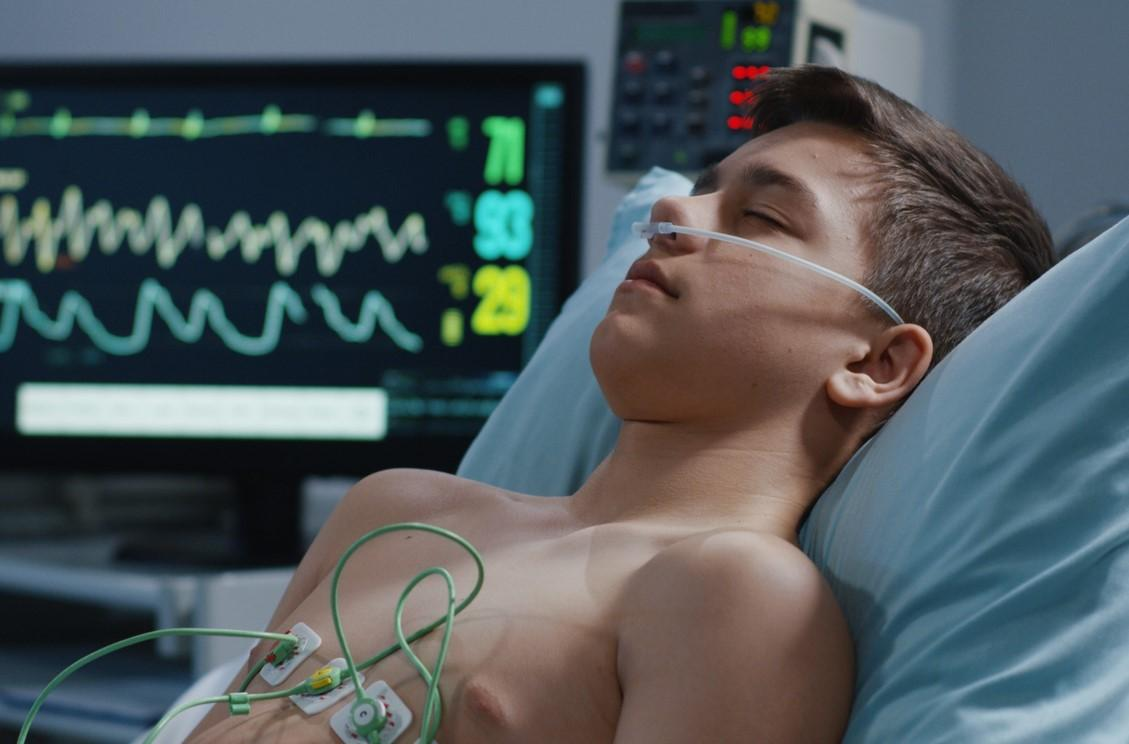A pair of studies sheds new light on the SARS-CoV-2–related multisystem inflammatory syndrome in children (MIS-C), with Dutch researchers finding that previous COVID-19 infection helps protect children against the condition, and a US study showing that low-dose corticosteroids and intravenous immunoglobulin (IVIG) were tied to shorter hospital stays and less severe disease.
Both studies were published in the Pediatric Infectious Disease Journal.
MIS-C peaked during Delta predominance
For the first study, a team led by Leiden University researchers conducted an international study involving 564 hospitalized pediatric COVID-19 or MIS-C patients from March 2020 to December 2022. The children were from the Netherlands, Curacao, and Surinam.
Most children hospitalized for COVID-19 (239/375; 64%) had a respiratory tract infection. About one third of admitted children (136/375; 36%) had primarily nonrespiratory COVID-19 symptoms (eg, fever, gastrointestinal symptoms).
Of the 375 COVID-19 patients, 36% required supplemental oxygen, and 9.3% were admitted to an intensive care unit (ICU). Risk factors for severe disease were age older than 12 years, a history of neurocognitive developmental abnormalities, and underlying chronic lung conditions.
Over one third (36%) of COVID-19 patients were severely ill. Of these patients, 26% were admitted to an ICU, 15 needed mechanical ventilation, 2 received extracorporeal membrane oxygenation (ECMO), and 1 patient with severe underlying conditions died.
Of the 189 MIS-C patients, 43% had severe illness. All severely ill patients were admitted to the ICU. Five patients required mechanical ventilation, and none died. The gastrointestinal (90%) and cardiac (75%) systems were most often involved.
Our data supports the notion that, similar to adults, prior immunity protects against severe sequelae of SARS-CoV-2 infections in children.
Most COVID-19 cases were from wild-type variant predominance (34%), followed by the Delta period (25%). The incidence of MIS-C was highest during Delta predominance (4.0 cases per 1 million people), with a steep fall-off when Omicron emerged (1.2 per million). No MIS-C cases were documented after July 2022. MIS-C patients younger than 5 years had milder illness than their older counterparts.
Children had less severe infections during the Omicron than during preceding variant periods. After population immunity rose due to COVID-19 vaccine rollouts and previous infections, the incidence of COVID declined except for in infants younger than 1 year, in whom the rate remained stable.
"Our data supports the notion that, similar to adults, prior immunity protects against severe sequelae of SARS-CoV-2 infections in children," the study authors wrote. "Real-time reporting of accurate and high-quality data is feasible and impacts clinical and public health decision-making."
IVIG, low-dose steroids appear beneficial
In the second study, a team led by Centers for Disease Control and Prevention (CDC) researchers obtained data on 233 MIS-C patients at four children's hospitals in Florida, Georgia, Arizona, and Missouri from March 2020 to March 2021. Median age at MIS-C onset was 9 years.
Patients who received high-dose steroids and aspirin had increased rates of severe outcomes and longer duration of treatment, indicating that patients with severe illness may have been selected for these treatments.
The most commonly administered treatments were corticosteroids (88.4%), aspirin (81.1%), IVIG (77.7%), and anticoagulants (71.2%). Compared with patients without respiratory symptoms, those with respiratory involvement were less likely to be given IVIG and steroids on the same day (44.1%).
After adjustment for confounding variables, patients given IVIG within 1 day of hospitalization were less likely to have a hospital stay of 8 days or longer (relative risk [RR], 0.53). Patients given low-dose steroids on their first day of hospitalization were less likely to develop ventricular dysfunction (RR, 0.45), have increasingly elevated troponin levels (an indication of heart damage; RR, 0.55), or remain hospitalized for at least 8 days (RR, 0.46).
"Patients who received high-dose steroids and aspirin had increased rates of severe outcomes and longer duration of treatment, indicating that patients with severe illness may have been selected for these treatments," the researchers wrote. "Furthermore, treatment with IVIG and low-dose steroids within 1 day of hospitalization lowered the risk of severe outcomes, illustrating that prompt treatment is essential for better outcomes among patients with MIS-C."




















